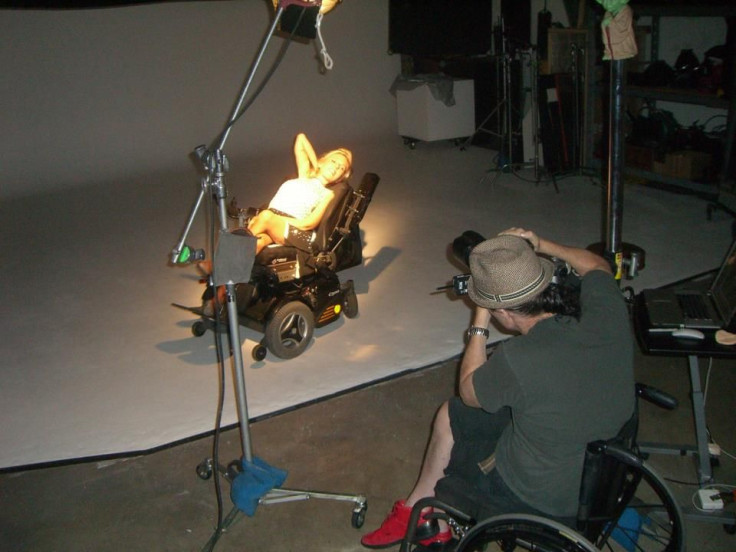New York Fashion Week Sees First Woman In Wheelchair To Model On Runway: It’s ‘Time To Include People With Disabilities’

Even though Dr. Danielle Sheypuk has been in a wheelchair since the age of 2, she’s always harbored a love for fashion: despite the fact that it's an elite, untouchable world occupied by slender models and sleek physiques.
Sheypuk, a clinical psychologist in New York, decided to tap into that world to bring it what she believes it’s missing: people with disabilities. “People with disabilities are an untapped consumer market in terms of fashion,” Sheypuk told The Huffington Post. “We read the magazines, shop in stores, but nothing is ever pitched to us.”
Carrie Hammer, a fashion designer, shared Sheypuk’s desire to bring people with disabilities onto the runway this year. On Feb. 6, which was the first day of New York Fashion Week, Hammer, who makes custom dresses for the "modern woman," featured Sheypuk in her show. “I wanted to cast ‘role models not runway models,’” Hammer told Huff Post in an email. “It is so important to me that women have positive body image and are empowered in work and their life. My line makes dresses to fit women. We don’t make dresses that women need to fit into.” The show left the audience “empowered,” Hammer noted.
Sheypuk, 36, works in Brooklyn and specializes in relationships and dating among the disabled. She was named Ms. Wheelchair New York in 2012.
She was born with spinal muscular atrophy, a hereditary disease that causes the wasting away of voluntary muscles in the arms and legs in infants. If born with the abnormal or missing gene known as the survival motor neuron gene 1 (SMN1), people lack the production of a protein that normally regulates motor neurons. There is no cure for spinal muscular atrophy, but treatment typically involves managing the symptoms and preventing any complications, according to the National Institutes of Health.
Bringing the Physically Disabled into Fashion and Advertising
But isn’t high fashion meant to be elite, and to target a specific demographic of tall, rich, skinny people?
Though many believe so, others are beginning to chip away at such an imposing mentality. There are some companies that actually develop clothing tailored to people with disabilities, such as Clothing Solutions. Others who live their lives sitting in wheelchairs are developing their own clotheslines aimed specifically at people in wheelchairs.
Jillian Mercado, a 26-year-old also in a wheelchair due to spastic muscular dystrophy, made the news recently after being featured in Diesel’s new ad campaign. “Diesel is a company where everyone can wear it,” Mercado told the Today show. “You don’t have to look like a model to wear it. And I feel like these photos just show that. Every photo that they release, someone can relate to it. And that’s rare in the fashion industry, to be able to relate and say, 'You know that’s me in that photo, through that person.'"
However, both Sheypuk and Mercado have found that the fashion industry is “a hard nut to crack,” Sheypuk said. It’s a world focused on looks rather than brains. “I won’t sugarcoat it; it’s a harsh world to be in,” Mercado told the Today show. “Everyone’s criticizing you for how you look. …There’s people who just don’t understand or are very close-minded and don’t think before they say anything. But it gets better. If you have a positive attitude and determination in life, everything gets better.”
“People with disabilities need to see it,” Sheypuk told Huff Post. “It’s a confidence booster. It’s like, ‘if she’s doing it, I can do it. Who cares about my wheelchair?’”



























